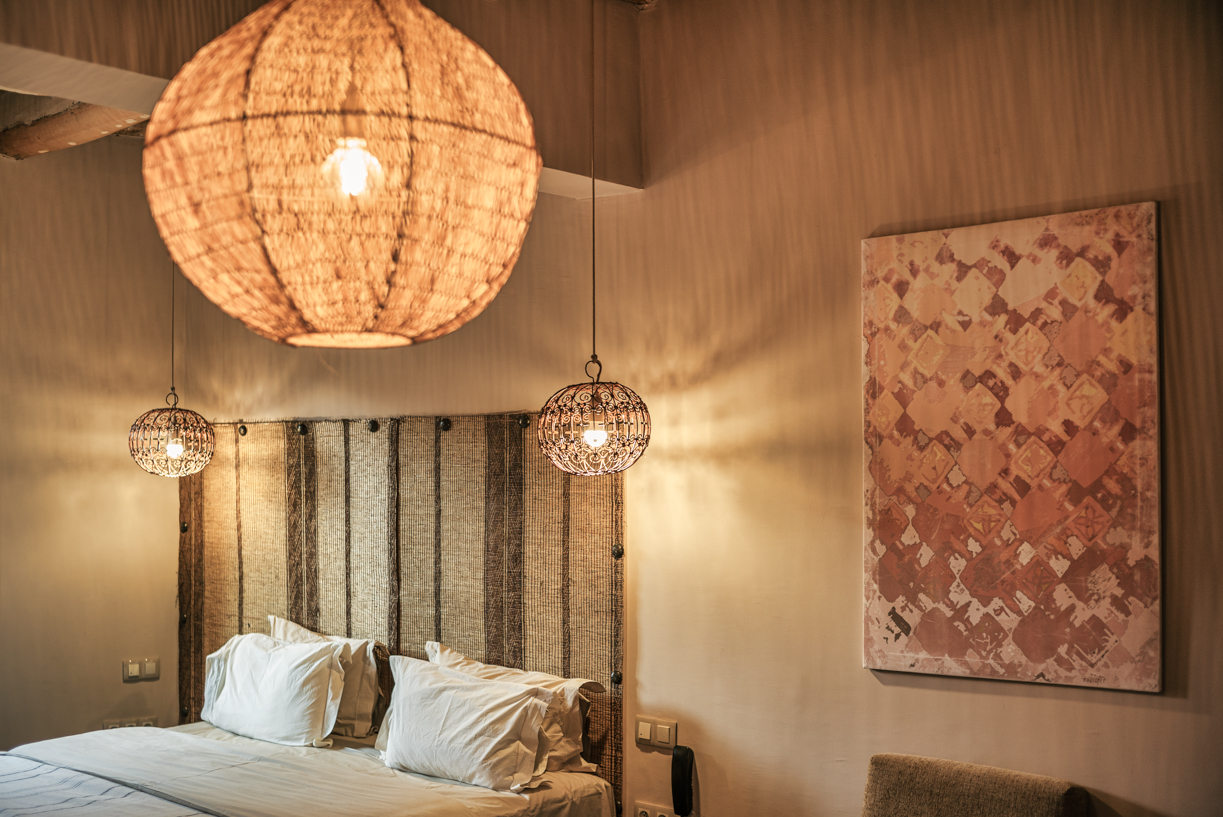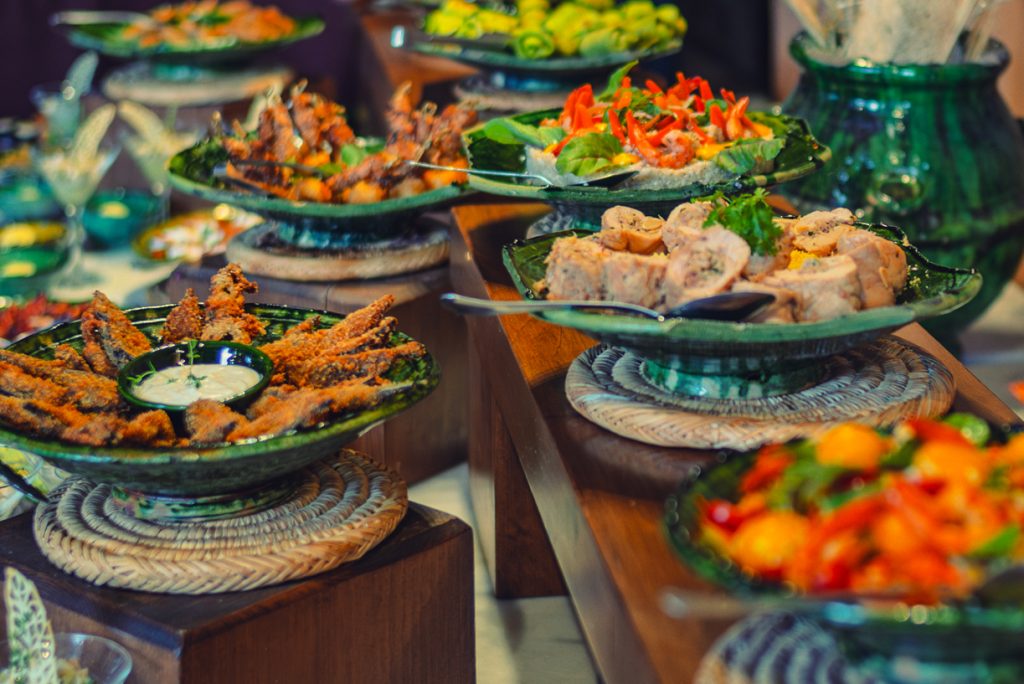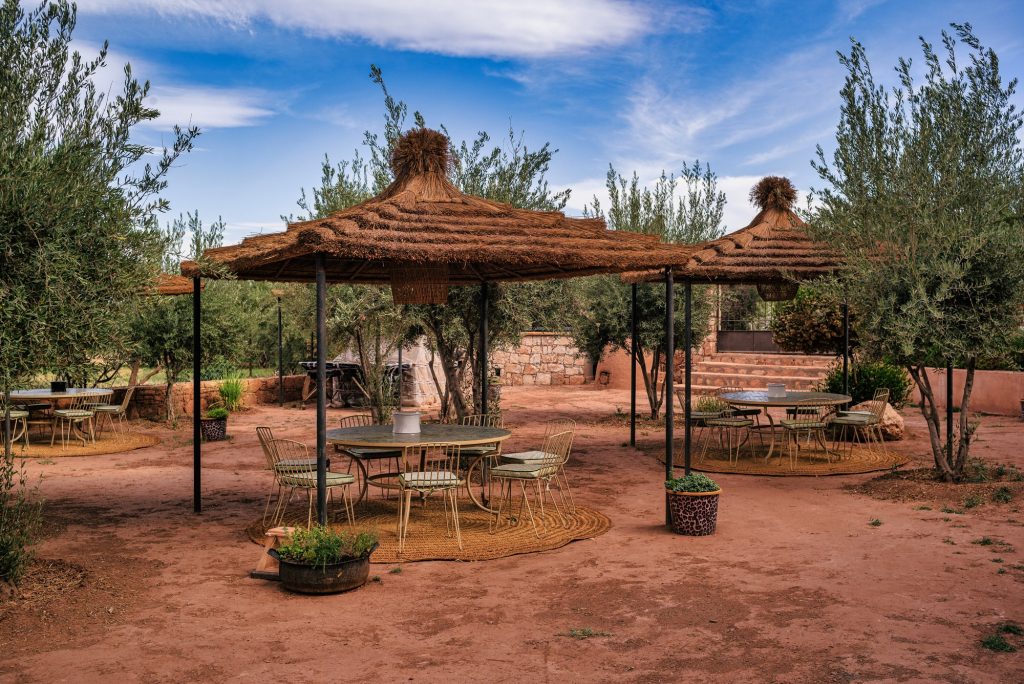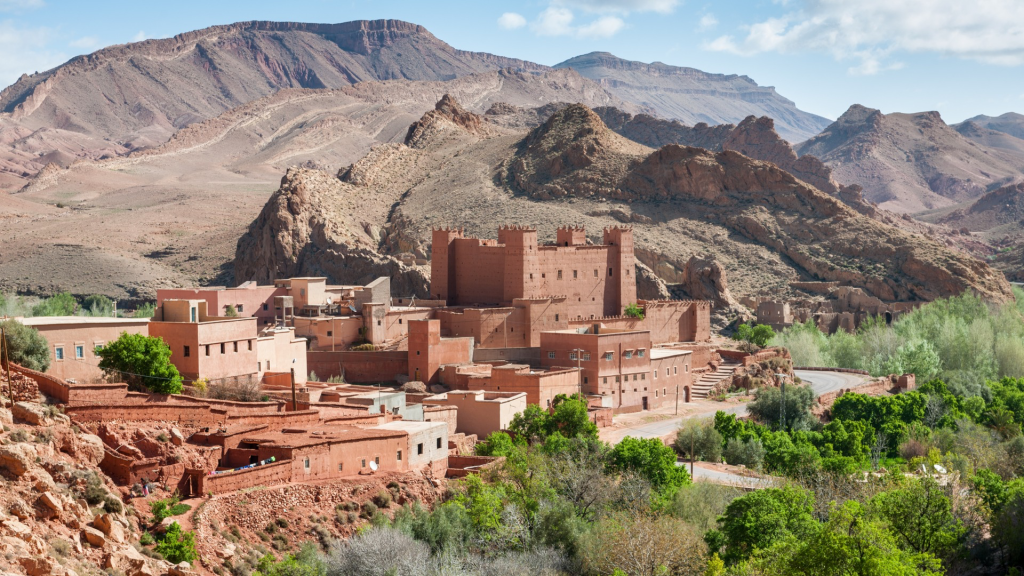AN AMAZIGH VILLAGE
Just 3km from Ksar Ighnda, far from the crowds and buses of Ait Ben haddou, the village of Tamdakhte offers you a real plunge into the heart of Amazigh culture and tradition. Meet the villagers, stroll through the gardens, take part in the festivities, not forgetting to stop off at the tafarnout (the traditional oven in which the bread of the same name is baked). The village of Tamdakhte is located in the Ounila valley (High Atlas), between Telouet and Ouarzazate, the starting point for the route of a thousand kasbahs.
The kasbah of Tamdakhte is a centuries-old architectural jewel, which is unfortunately falling into ruin. History tells us that it was originally the residence of an Amazigh chief, theamghar Ali Ou Brahim n'Aït Haddou opposed the Glaoui. When he was defeated and executed in 1900, his residence passed into the hands of the Glaoui. It was extended by Caïd Hamou around 1920 and Caïd Brahim added annexes around 1940.
After independence, the Kasbah was used as a prison by the Oufkir family following General Oufkir's attempted coup d'état in 1972. Oufkir was Hassan II's army commander-in-chief and defence minister. On this occasion, the kasbah was modified to prevent contact with the outside world.
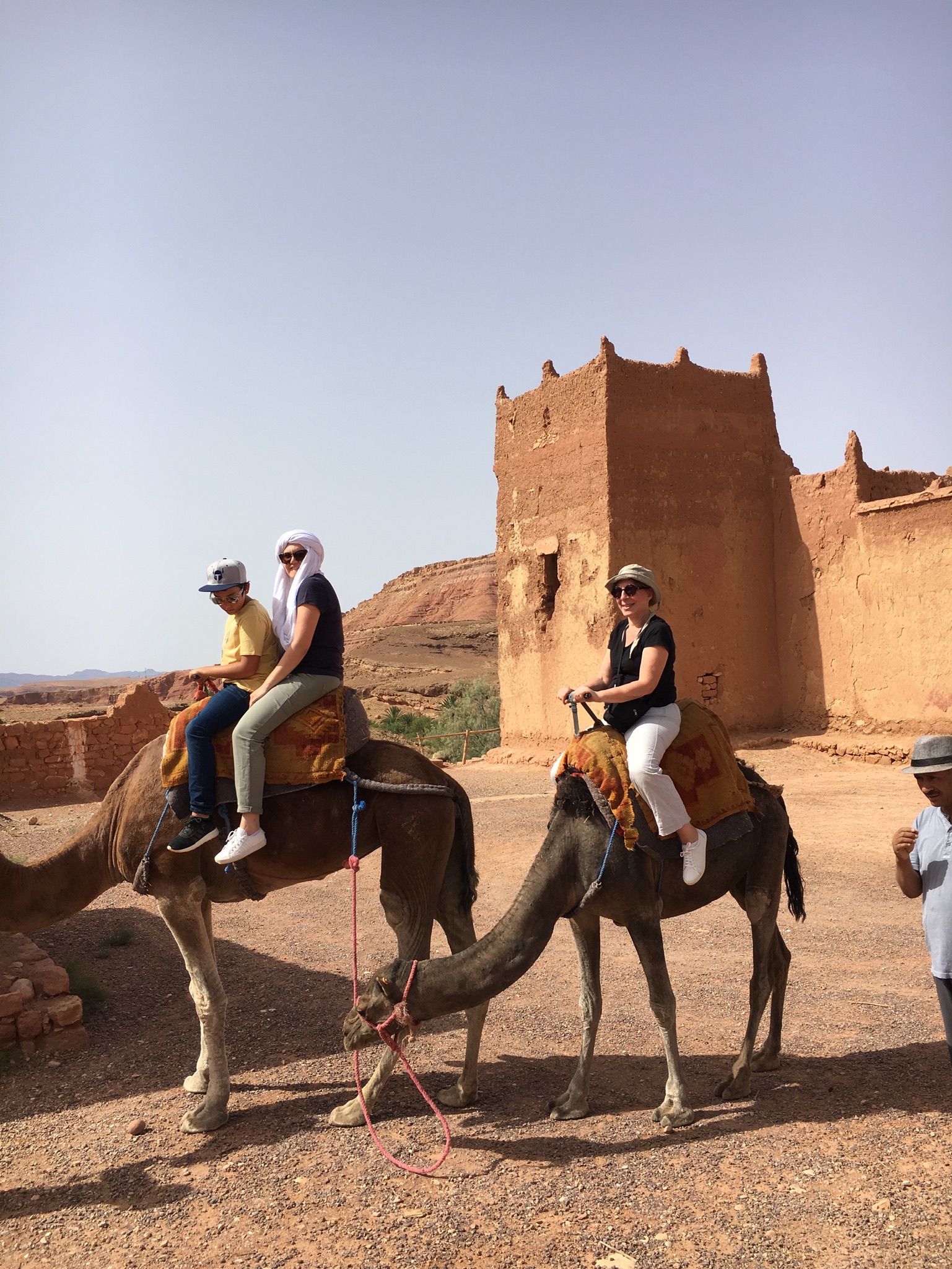
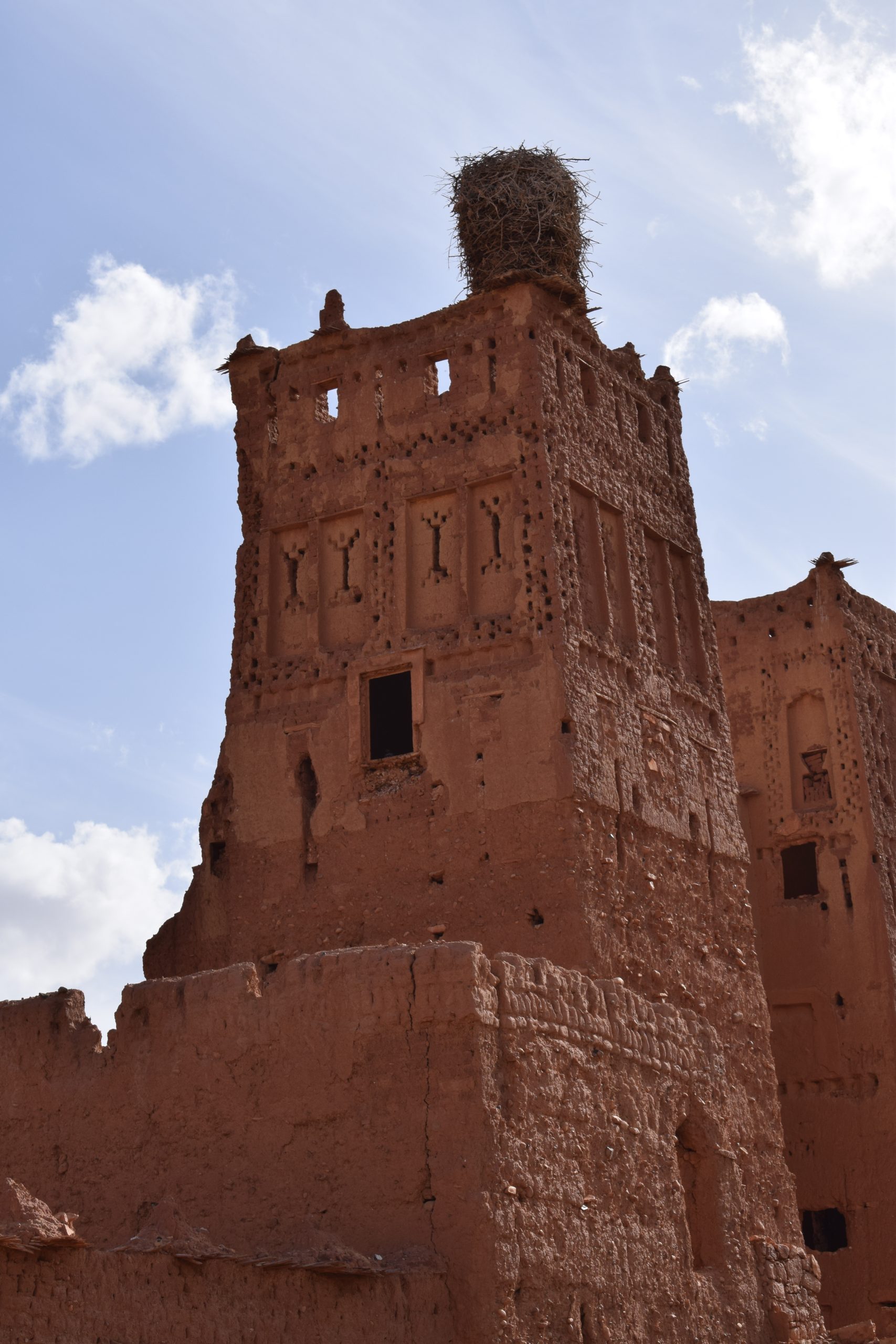
An encounter with mineral nature
The term "kasbah" is generally used to describe a square building made of mud. This type of dwelling is of Amazigh origin and in this language it is called a tighremt. The word kasbah is recent.
The construction of kasbahs obeys a number of architectural rules. The walls are made of adobe (a mixture of earth and straw using an ancient process that insulates against heat and cold.) The centre of the house is a patio, which provides light for the whole building.
As for the external ornamentation of the towers and the top of the walls, it is in adobe. Brick made from raw clay, which can be used to create patterns in hollow and relief that open up the upper parts. The roofs are made of spaced beams covered with tightly packed reeds, which are then covered with clay.

